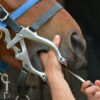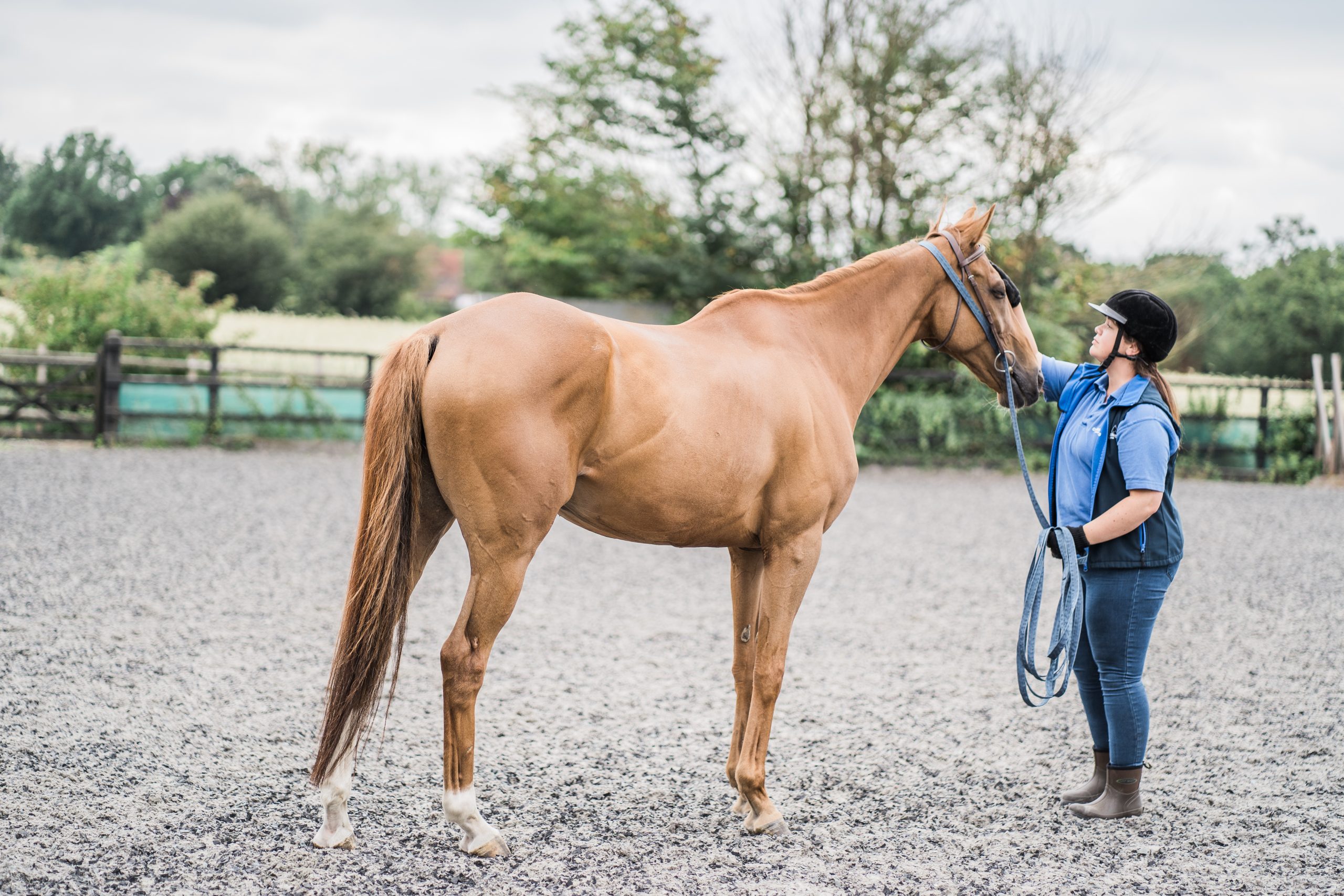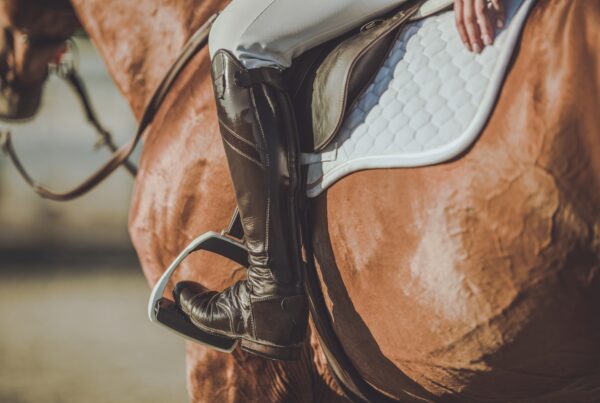Horses are prone to injuries related to muscles and colic; thus, we have to take care of these symptoms and signs properly.
One of the common muscle illnesses in horses is Atypical Myopathy caused by sycamore seeds. In this guide, we will discuss how to get rid of sycamore seedlings in horses field.
Why are Sycamore seedlings dangerous for your Equine?
The seeds, seedlings, and leaves of the sycamore tree have a certain toxin in them. The scientific name of the sycamore tree is Acer Pseudoplatanus. When horses eat these seeds, seedlings, or leaves, the toxin causes a muscle disease known as Atypical Myopathy.
Atypical Myopathy is not a new disease in equines. Sycamore poisoning in horses has been recognised as an onset muscle disease in equines about 60 years ago. However, the reason that causes this disease in equine was discovered in 2013. The reason behind this disease is the ingestion of hypoglycin A toxin.
More about it Sycamore Seedlings:
The sycamore tree is a member of the maple tree family, and sycamore poisoning in horses is the most common toxin in the UK. The shape of the sycamore seeds is shaped like a helicopter. This shape helps the tree to distribute its seeds around several hundred meters. But during high winds, the seeds have the ability to travel several kilometres.
The distribution of seeds usually occurs during the autumn as high winds and rain make it easier for the seeds to spread. The seedlings start to grow during spring, so you will have to be vigilant during autumn and spring. You must take the necessary steps in order to prevent Atypical Myopathy by limiting access to these areas.
Symptoms of Atypical Myopathy
The first symptom of Atypical Myopathy is the development of severe muscle damage. Horse pastures often contain sycamore seedlings and horses feed on these seedlings. This happens because the toxin of sycamore trees interferes with the muscle’s ability to work at its regular process.
Muscle damage often causes a horse to turn weak and vulnerable. It also makes the horse reluctant to move or not able to stand, causing them to be laying down a lot.
Atypical Myopathy is painful for the horse and will show signs and symptoms of sweating, unease, or decreased appetite. In excessive cases, they will display signs of severe colic-like symptoms. The equine often experiences swelling or hardening of the muscle tissue, and the horse does not like being touched. Look out for other symptoms to detect any diseases.
Muscle Damage in Your Equine
If extreme muscle damage happens, then poisonous products due to the muscle breakdown can end up visible inside the urine. This may result in dark reddish-brown coloured urine (myoglobinuria).
This sycamore poisoning in horses breaks down muscle products and causes damage to the kidneys, and secondary kidney failure can occur.
Horses suffering from Atypical Myopathy (AM) can face urinating issues and turn out to be unable to empty their bladders generally. Occasionally, the respiratory or heart muscle tissues end up being affected, leading to difficulties in breathing or the development of heart failure.
Unfortunately this disorder is often deadly, with variable survival quotes suggested from distinctive areas, starting from 3 to 57%.
Contacting your Local Vet
Sycamore poisoning in horses can have dire consequences, such as death. In case your horse indicates any of the signs and symptoms above, we encourage contacting your local equine vet straight away.
However, within the early tiers, it can be tough to mention for sure whether or not it is Atypical Myopathy. A number of different situations along with numerous sorts of colic, equine grass sickness, or other muscle diseases along with a few neurological situations can show similar symptoms.
There is no fixed diagnostic check for the disease, and this can make early diagnosis hard. But a simple blood sample will allow us to detect whether the horse has muscle damage or not.
You can get good equine physiotherapists to check your horse and see if the muscles of your horse are performing properly. You can read this guide if you are interested about good equine physiotherapists near you.
Early detection of any of the signs and symptoms mentioned above and a proper discussion with your equine vet can lead to good treatment for your horse.
What To Do If You See Sycamore Seeds In The Horse Field?
Search “how to get rid of sycamore seedlings in horses field” on Google and every blog will tell you to separate suspicious horses from the ones that are healthy.
It’s only natural to be concerned when you notice something unusual in your hoses’ behaviour. In cases where you suspect your horses of being affected by sycamore seedlings and saplings, you should take them away from the pasture and isolate them.
Fence off all the regions in which you observed seedlings and saplings securely. If you are facing difficulty discovering sycamore seedlings or saplings, then contact an Agronomist for help with identification.
How To Get Rid of Sycamore Seedlings In Horses Field?
Once you have identified the seeds of the sycamore in a horse field, you will have to remove the seeds.. One of the most effective techniques of preventing the seeds from sycamore tree poisoning horses is to hoover the seedlings up from the ground. The best way of doing this is by using your hands.
Even though it is a time consuming process, this is the only way you could assure the seeds are effectively eliminated from the area. You can also hire someone to visit your horse field and remove all the seedlings for you.
Mowing the grass of the field and the pasture can also be performed to trim the growing seedlings. But this method will not stop the seedlings from growing again.
So, this is not a permanent solution to the Atypical Myopathy problem.
You can also use an authorised weed killer to get rid of all the seedlings. The authorised weed killer has to be able to kill the sycamore seedlings. But this method is not that convenient to the horses and their owners because the pastures have to be put to rest for quite a long time after being sprayed. We advise that you speak to an expert weed killing professional prior to buying a weed killer solution.
How To Reduce The Risk Of My Horse Getting Atypical Myopathy?
Even though we now know how to get rid of sycamore seedlings in horses field, just removing the seedlings once every spring will not permanently solve the problem. The seedlings will keep coming every year. In order to prevent this, there are certain steps you have to take. These steps will reduce the risk of your horse developing the fatal muscle disease, Atypical Myopathy.








